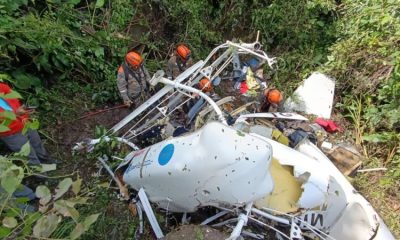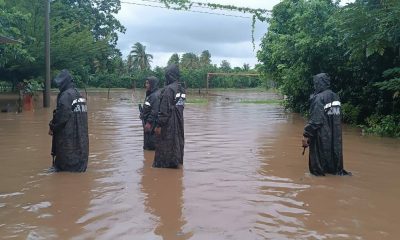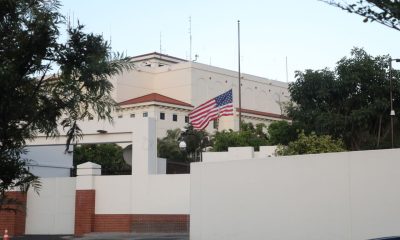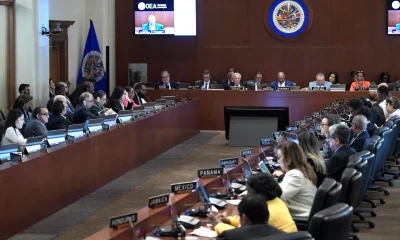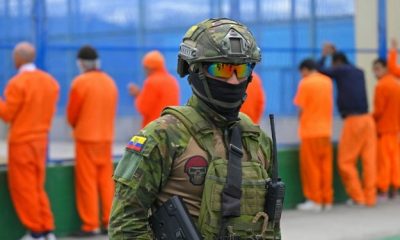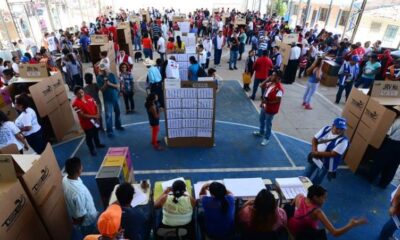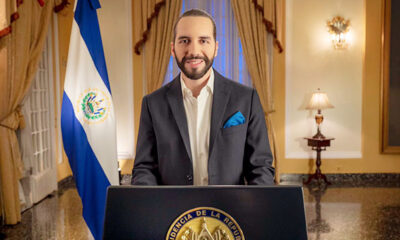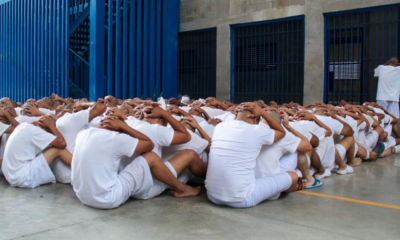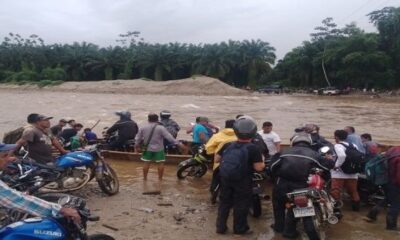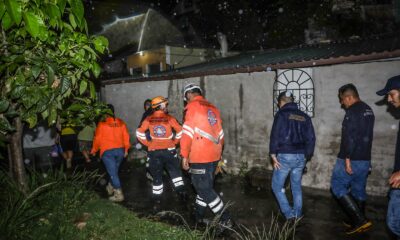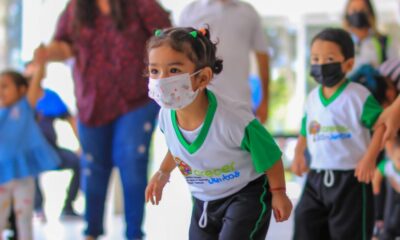Central America
El Salvador’s President extends support and offers “all necessary help” to Turkey after earthquake
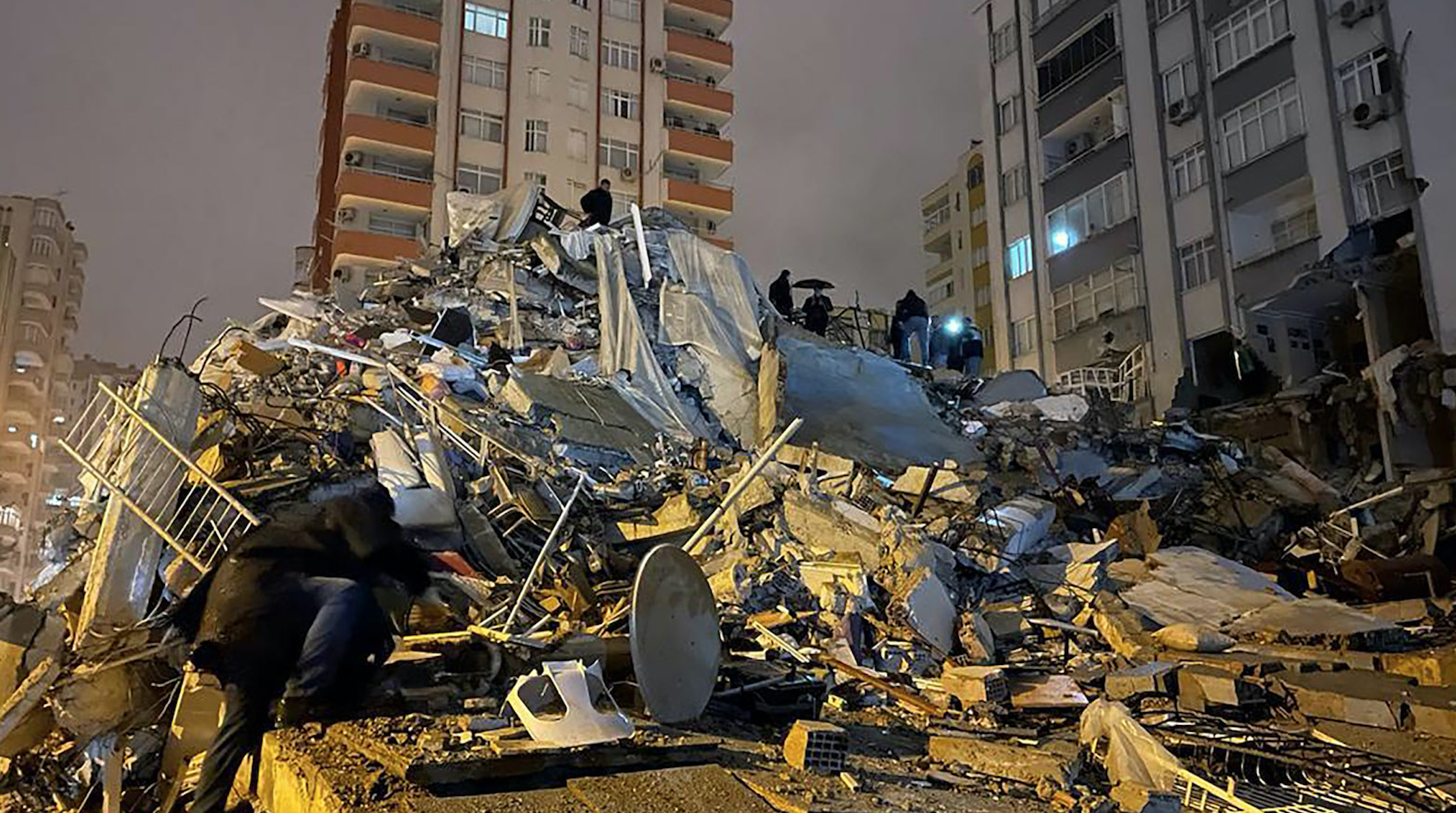
February 6th |
The president of El Salvador, Nayib Bukele, expressed his government’s full support to Turkey after the violent and fierce earthquake that shook that region of the world on Sunday night, affecting the Turkish nation and much of Syria.
Through his Twitter account, President Bukele showed his condolences for the hard moment that the Turkish people and the whole region are going through, while he assured that El Salvador is ready to offer “all the necessary help”.
“El Salvador prays for the safety and well-being of the Turkish people after the strong earthquake in southern Turkey. My government is willing to provide all necessary assistance to the government of President @RTErdogan to overcome this disastrous event,” Bukele published.
Last Sunday night (Salvadoran time), a 7.8 magnitude earthquake shook southern Turkey and northern Syria. Up to the early hours of this morning, international media reported that more than 900 people died and more than 5,000 were injured.
Central America
Dengue crisis in Panama: co-circulating serotypes fuel rise in fatal cases

Health authorities in Panama reported on Wednesday that the country has recorded a total of 6,458 dengue cases and 10 related deaths through epidemiological week 25, which spanned from June 15 to 21, 2025.
Of the total reported cases, 576 patients required hospitalization, and 55 cases have been classified as severe, according to a statement released by the Ministry of Health (Minsa).
The metropolitan area and San Miguelito, both in the capital, account for the majority of cases, with 2,753 infections. The reported deaths occurred in the western provinces of Chiriquí (4) and Bocas del Toro (2); the eastern province of Darién (2); and Panamá Este and Coclé, with one death each.
“The national dengue incidence rate during epidemiological week 25 of 2025 is 125.8 cases per 100,000 inhabitants. Most cases have occurred in individuals aged 10 to 59 years,” the official report stated.
Panama is currently experiencing co-circulation of all four dengue serotypes, with DENV-3 and DENV-4 being the most prevalent. This, according to Minsa, “increases the likelihood of severe and fatal cases.”
The Ministry emphasized that dengue is a serious and potentially deadly disease transmitted by the Aedes aegypti mosquito, and noted that it has ramped up nationwide operations through vector control teams to reduce infection rates.
However, officials stressed that citizen participation remains critical, urging the public to eliminate mosquito breeding sites both inside and around their homes.
Central America
Costa Rica extends humanitarian status and grants work permits to stranded migrants
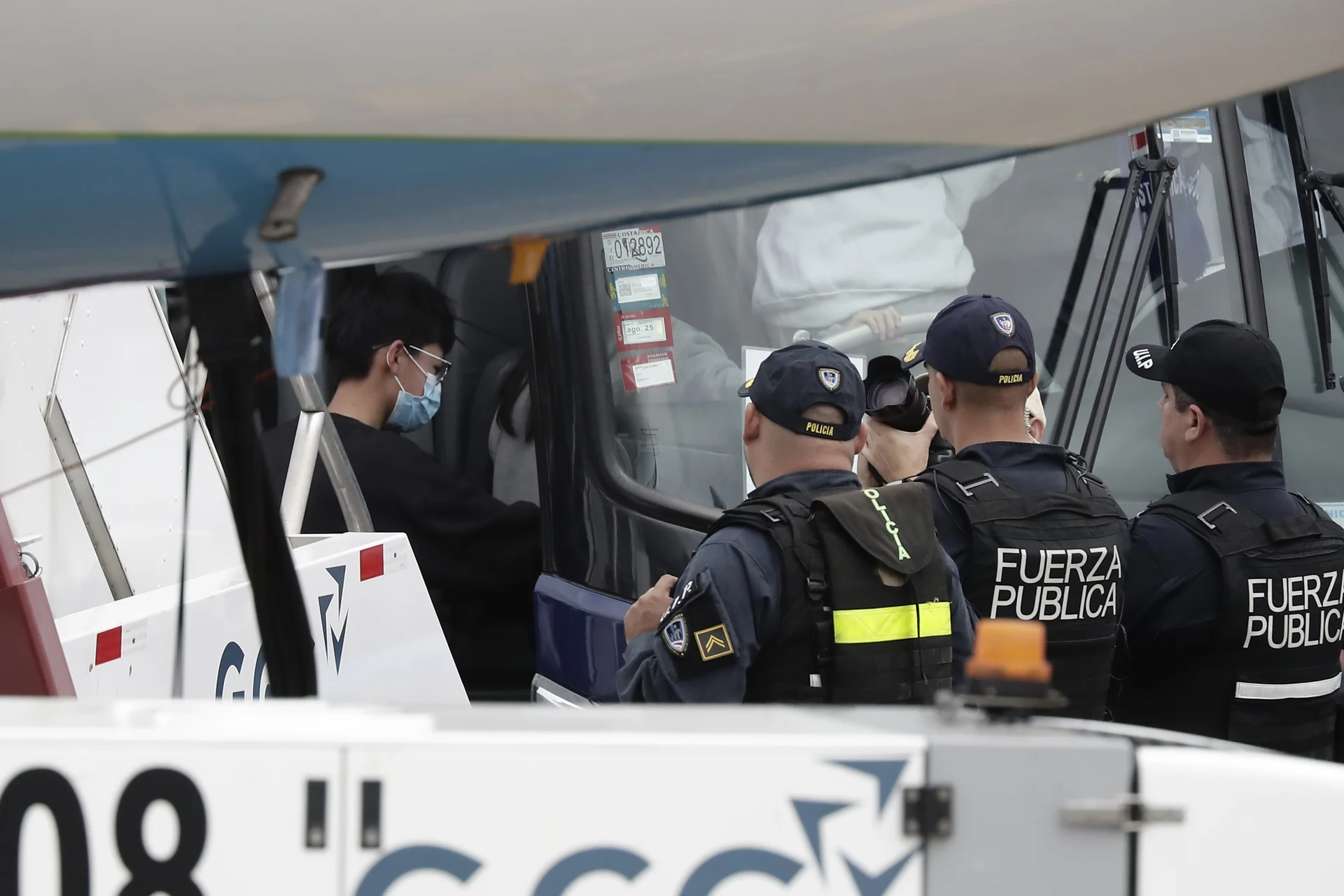
The Costa Rican government announced on Tuesday the extension of a humanitarian migration category and the granting of work permits to a group of migrants from various nationalities who were stranded in the country after being deported from the United States last February.
“A new extension of this humanitarian category has been published, allowing these individuals to maintain regular status in Costa Rica for six months. One of the new features is that they now have the right to work, which will help facilitate their integration into the country,” said Migration Director Omer Badilla.
In February, Costa Rica received two flights carrying 200 deported migrants from the United States, including 81 minors. They came from Nepal, China, Russia, India, Congo, Afghanistan, Armenia, Azerbaijan, Georgia, Ghana, Iran, Jordan, Kazakhstan, Turkey, Uzbekistan, and Vietnam. The Costa Rican government said at the time that this was part of an agreement with the Trump administration for Costa Rica to serve as a transit point for migrants returning to their countries or a third country.
The migrants were taken to the Temporary Migrant Care Center (CATEM) in southern Costa Rica near the Panama border. Nearly half returned voluntarily to their countries, others sought asylum in Costa Rica, some left the center, and others remain voluntarily.
Currently, 25 migrants remain at CATEM voluntarily. According to authorities, the humanitarian migration status allows them free mobility and now the possibility to seek employment.
The acceptance of these 200 migrants sparked controversy in Costa Rica, with several NGOs denouncing that authorities violated human rights by not allowing the migrants to move outside CATEM for two months until the humanitarian migration status was first established in April.
Central America
Illegal crossings at U.S.-Mexico border plunge 92% in historic shift
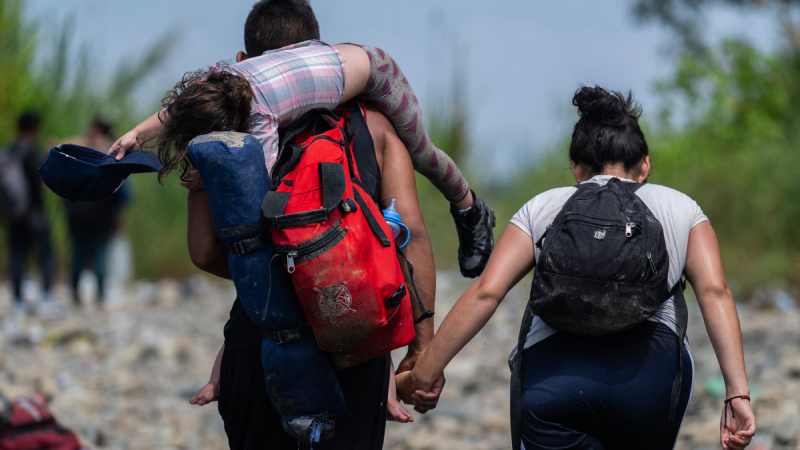
In an unprecedented shift, the number of illegal crossings at the U.S.-Mexico border dropped by 92% in June compared to the same month last year, according to data from the U.S. Department of Homeland Security (DHS).
Only 6,070 people were intercepted along the southwest border—marking the lowest figure in a quarter century. This sharp decline signals a new chapter in the region’s migration history.
The “crackdown on irregular migration” in the United States—as described by International Organization for Migration (IOM) Director Amy Pope—has triggered a domino effect across several Latin American countries. However, Pope does not consider this to be an isolated case. “What we are seeing in the U.S. is similar to what’s happening globally when there is a demand for migrants,” she told DW, warning of the labor and social consequences this situation is generating.
Regional Trends Reflect the Shift
Panama and Honduras are two clear examples of the regional impact. In the Darién Gap—a historic migration route to the north—migration fell by 99.7% in April 2025 compared to April 2024, according to Panamanian President José Raúl Mulino. Authorities even shut down the main migrant station in the area.
Honduras also recorded a drastic drop in northbound migration. According to an IOM report, only 14,270 people set out between January and March 2025, compared to 133,518 during the same period in 2024.
At the same time, so-called “reverse migration” is increasing: individuals, discouraged or without resources, are choosing to return to their countries of origin. In Colombia, more than 9,000 migrants have crossed back through the Darién Gap so far this year, according to the country’s Office of the Ombudsman.
-
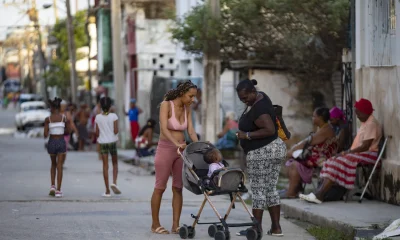
 International1 day ago
International1 day agoCuba confirms 76 femicide cases in 2024, among highest rates in region
-

 International2 days ago
International2 days agoIranian president says Israel tried to assassinate him, warns U.S. against war
-
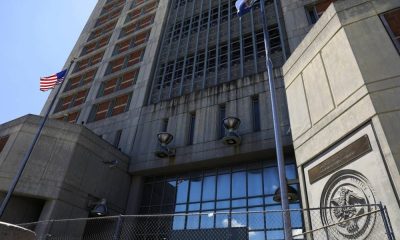
 International2 days ago
International2 days agoDOJ and FBI officially deny Jeffrey Epstein ‘client list’ conspiracy theories
-

 International2 days ago
International2 days agoBolsonaro thanks Trump for support amid Brazil coup trial
-
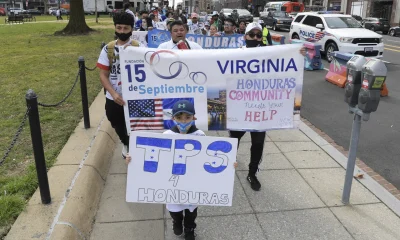
 International2 days ago
International2 days agoHonduras regrets U.S. decision to end TPS for 72,000 hondurans
-

 International3 days ago
International3 days agoTexas Floods: Death toll rises to 68, dozens still missing
-

 International2 days ago
International2 days agoGunman killed after shooting outside Texas Border Patrol Building
-

 International3 days ago
International3 days agoSalvadoran Day USA 2025 canceled amid fears of immigration raids
-
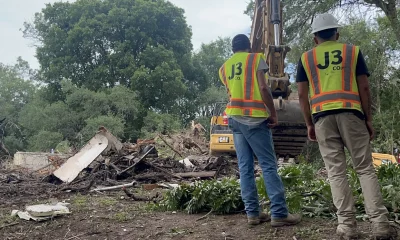
 International1 day ago
International1 day agoU.S. thanks Mexico for sending rescue teams after deadly Texas floods
-

 International2 days ago
International2 days agoRussian ex-transport minister found dead after dismissal by Putin
-

 International2 days ago
International2 days agoSheinbaum urges unity and respect after clashes over gentrification in Mexico City
-
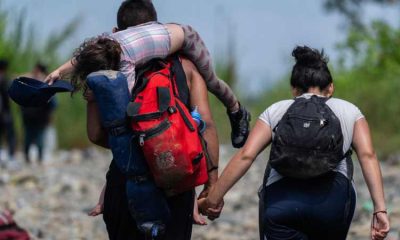
 Central America1 day ago
Central America1 day agoIllegal crossings at U.S.-Mexico border plunge 92% in historic shift
-
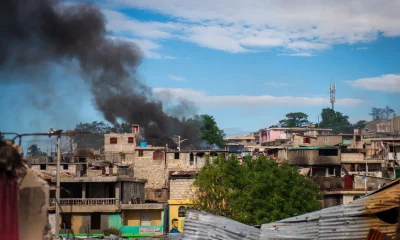
 International2 days ago
International2 days agoTrump ends TPS for haitians as gang violence surges in homeland
-

 International1 day ago
International1 day agoMexico launches probe into alleged $25 million bribe to ex-president Peña Nieto
-
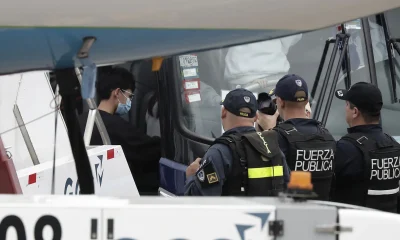
 Central America1 day ago
Central America1 day agoCosta Rica extends humanitarian status and grants work permits to stranded migrants
-

 International1 day ago
International1 day agoTrump and Bondi slam Epstein inquiry amid Texas flood tragedy
-

 Central America1 hour ago
Central America1 hour agoDengue crisis in Panama: co-circulating serotypes fuel rise in fatal cases
-

 International1 hour ago
International1 hour agoHarvard faces Federal pressure over immigration docs, autonomy dispute intensifies
-

 International1 hour ago
International1 hour agoICE set to become America’s largest security force under Trump’s $75B immigration overhaul



























